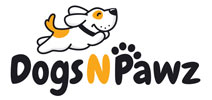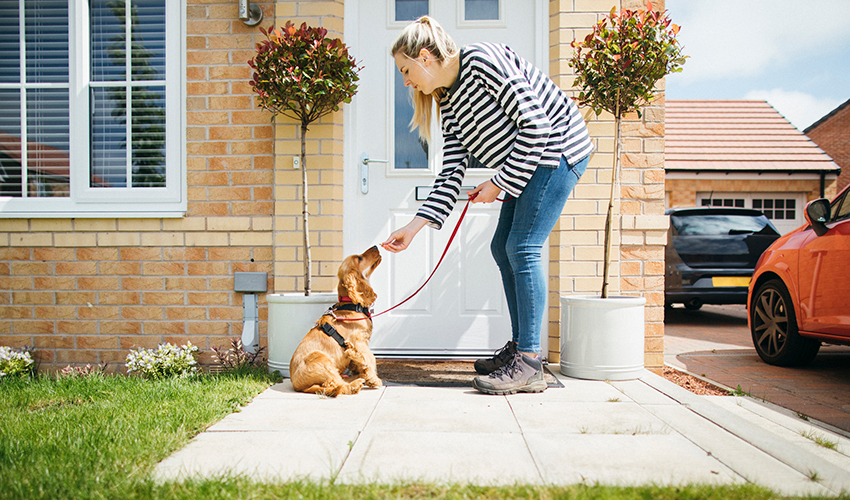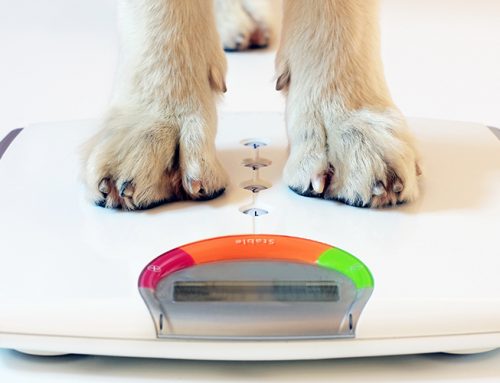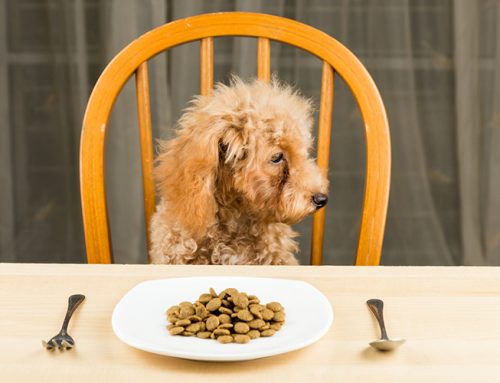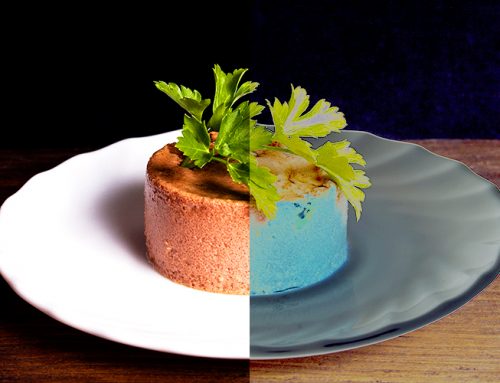Puppies mean training. → Training means treats!
Rewarding your pup for listening to you, learning a new trick, or let’s face it — just being cute, is a good way to reinforce those wanted behaviors. Most dogs are highly food motivated and puppies are just learning about all the tasty food in the world.
Dog treats don’t need to come with a guaranteed analysis from the American Association of Feed Control Officials (the organization that sets the nutrient guidelines for dog food). This is because treats aren’t expected to be complete and balanced, and they aren’t meant for ongoing feeding. Treats are meant for rewarding specific behavior, or as an extra special goodie.
Some dog trainers even recommend associating specific treats with specific training. For example, the command “come” may have a different treat associated with it than the command “leave it.” Any behavior you’re particularly anxious about changing or having your pup learn should be associated with an extra yummy treat.
Trainers and dog owners often talk about high-value and low-value treats. This isn’t about how much the dog treat costs — it’s about how much your dog loves the treat and how hard they’re willing to work for it. High-value treats tend to be freeze-dried proteins, stinky treats, tiny pieces of chicken or peanut butter — things your dog doesn’t get all the time. Use these types of treats when you’re rewarding your dog for excellent behavior, exposing your dog to something new and scary, or behavior modification (like convincing a puppy not to lunge at other dogs).
Medium value treats are great for reinforcing things your puppy has already learned. You give the command, the pup does it, it gets a medium value treat. These treats should still be appealing enough to your dog that you can use them in distracting environments like a dog park.
Low-value treats can be doled out if your dog is only partially engaging with a command or can be used in a treat-dispensing toy or puzzle to keep your pup occupied.
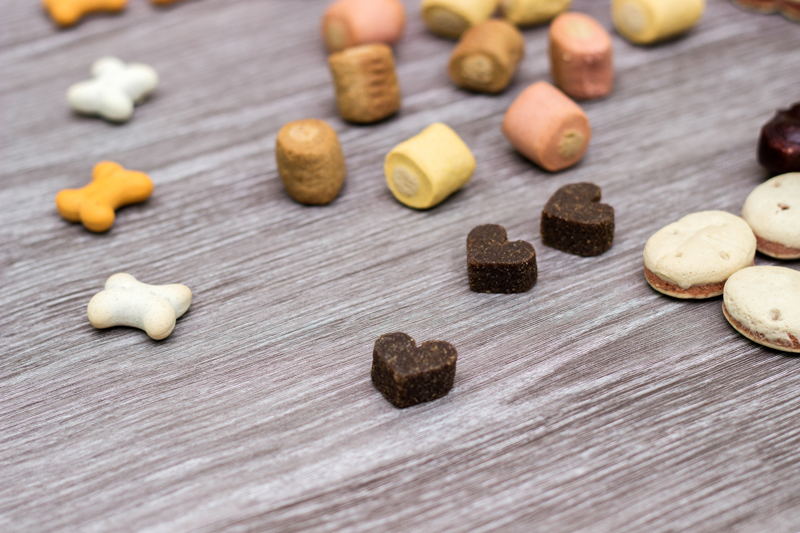
Above all, treats should be delicious. They should be appropriately sized: you don’t want your puppy to get more than five to 10 percent of total calories from treats during the day. Many training treats are roughly pea-sized. Treats should fit in your pocket or treat bag and be easy for you to grab in scenarios when you need to distract your puppy from unwanted behavior (like eating poop).
Treats shouldn’t be the exact same food you’re giving your puppy at mealtime. Puppies are smart — they’re not going to work for something you’ll give them for nothing later. Of course, that won’t apply to every dog. Some pups will work for any type of food.
Here are some options when it comes to treat time.

